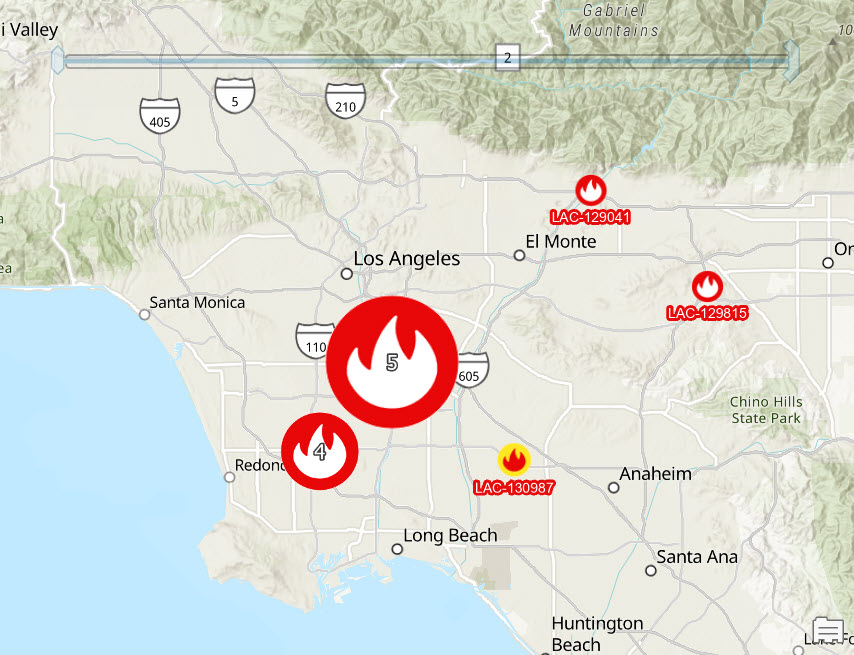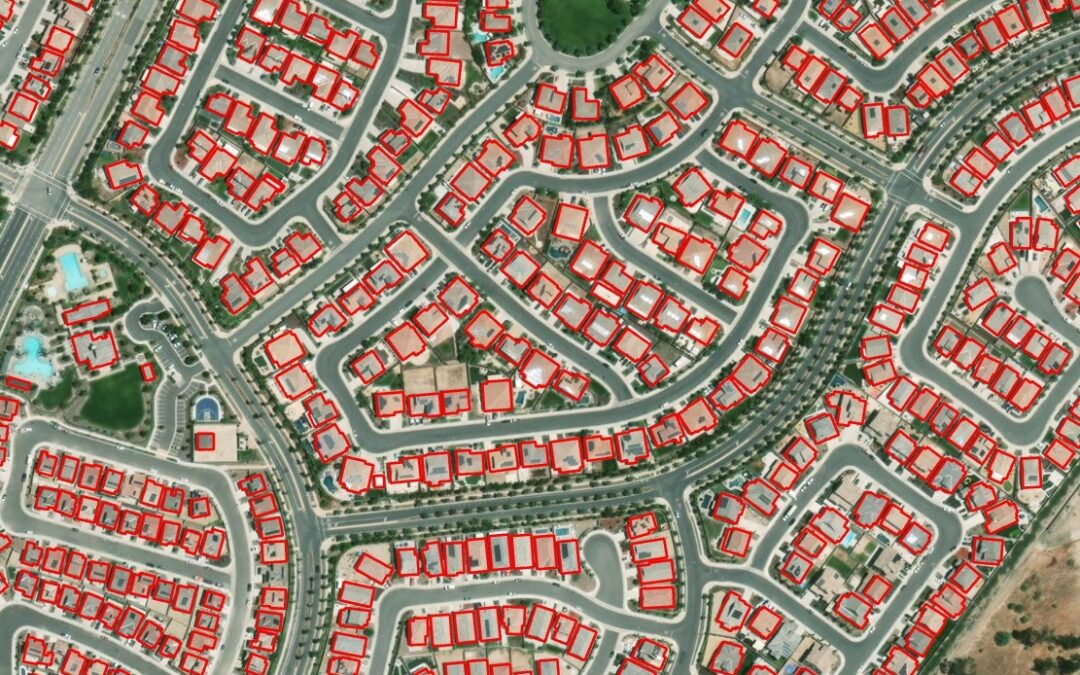


Tutorial: Simplifying Point Layer Visualization with ArcGIS Pro’s Aggregation Tool
ArcGIS Pro offers two powerful methods for dynamically aggregating point feature layers: binning and clustering. While both are visualization techniques that aim to simplify and summarize data, they differ in their representation and behavior. For point feature...
Mapping the US Housing Affordability Gap: Simple Techniques with ArcGIS Pro, R, and AI
This article explores the significant disparities in housing affordability between the coastal regions of the United States and the Midwest. Here we present an R script that merges 2022 county-level median income data with the Zillow Home Value Index (ZHVI), a...
How to Master ArcGIS Pro and Experience Builder
The retirement of ArcMap and Web AppBuilder is here and, unfortunately, can’t be ignored. Yet, many GIS users are still struggling to take the first steps toward learning ArcGIS Pro and Experience Builder. This is not uncommon and is understandable. Because we...
Mastering Class Definitions in ArcGIS Pro for Impactful Graduated Color Maps
If you want to learn more about using symbology functions like those described in this article, check out our foundational ArcGIS Pro courses and upcoming training events. Graduated color maps are a type of thematic map used to represent the spatial distribution of...
